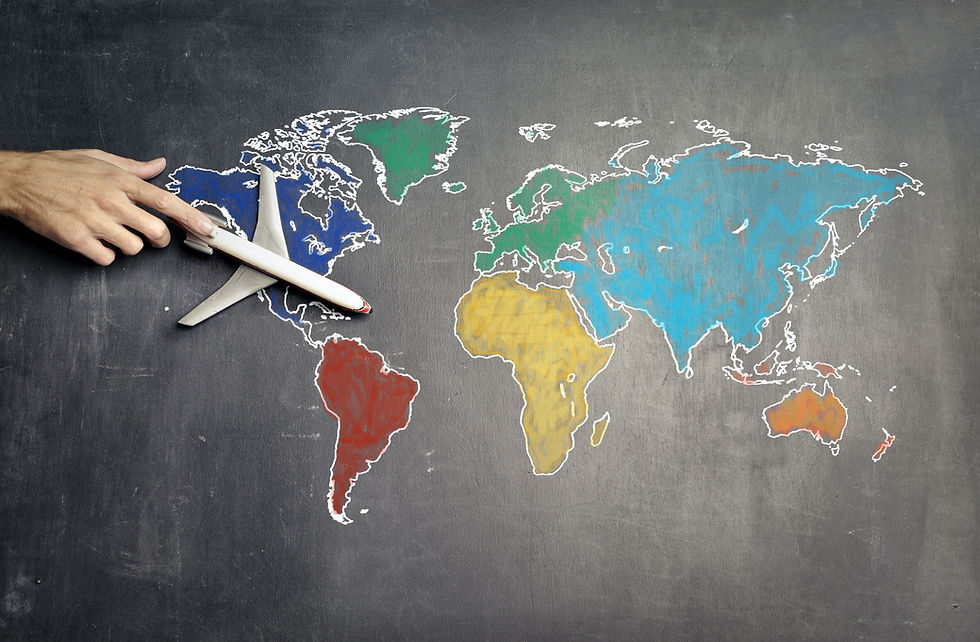Can you copy a product from overseas?
- Owning It
- Nov 14, 2021
- 2 min read
Updated: Dec 17, 2021

Image courtesy of Andrea Piacquadio via the Pexels License. Available at: https://www.pexels.com/photo/person-with-toy-airplane-on-world-map-3769138/.
The short answer is yes but only if it does not exist or have a reasonable reputation here in Australia.
A case that demonstrates this is the Monster Energy Drink case.
In 2008 Federal Court of Australia and, later the Full Federal Court (when the first decision was appealed) had to decide whether the US manufacturer of the MONSTER ENERGY drink had a large enough reputation in Australia such that people seeing a similar energy drink produced by an Australian company also called Monster might think that the two drinks where related.
At the time the US Monster did not sell Australia but happened to be the largest selling energy drink around the world. The Australian company Bickford’s seeing that the drink was not selling here decided to imitate it here.
What was similar about the two drinks?
The two cans had similarities, and were both:
• called Monster Energy;
• sold in “super-size” black cans;
• had three different versions of the drink in colour variants (orange, blue and green); and
• stated website addresses for the drinks on the cans.
The drink, which originated from the United States (produced by the Hansen Beverage Company) diagonally displayed the slogan ‘Unleash the Beast’ and Bickfords slogan had a similar theme, namely “Find the Monster within” (also presented diagonally).
Spot the similarities yourself between the two cans pictured below


In order to actually win the case, the US company, Hansen, had to establish that it had developed a sufficient “spill over” reputation in Australia in its Monster Energy drink.
The original US Monster drink owner had to show that a significant proportion of the target market (apparently being young adult males) would likely be misled seeing the brand name Monster.
When it came to court the first time, the court said no.
In that case, the judge took the view that reputation of the first Monster Energy drink in Australia has been ‘fleeting’, ‘occasional’ and ‘incidental’.
This was because it mostly had secondary exposure. We are talking things such as banners at extreme sports competitions which appeared on internet rather than on actual shelves.
However, when Hansen appealed that decision and it went to a higher court to be reviewed, the judge said that indirect advertising could be just as powerful in terms of the affect it had on consumers.
‘One of the judges in the appeal made the analogy between movie stars and products stating that ‘After all, everyone knows that James Bond drives an Aston Martin, Janis Joplin wanted to own a Mercedes Benz and Audrey Hepburn had breakfast at Tiffany’s’.’
Replicating products sold in other countries
If you want to copy a product from overseas and sell it in Australia the first thing you need to check is whether that trade mark is registered in Australia. If it is not then you need to consider whether that product has a reputation in Australia despite being overseas. In the Monster case their reputation arose from their global marketing activities, primarily sponsorship of extreme sports events and athlete endorsements. What it shows is that you need to be very careful before replicating a product from overseas and see your lawyer first. Otherwise you may be faced with Monster Headache!



Comments